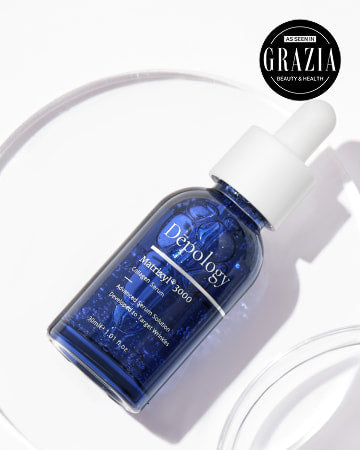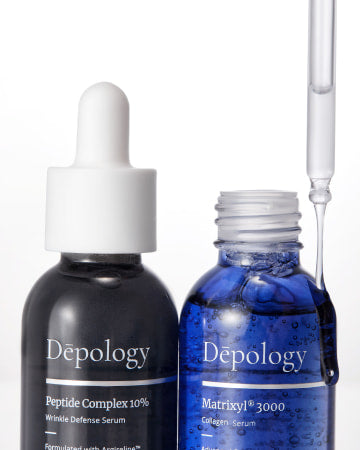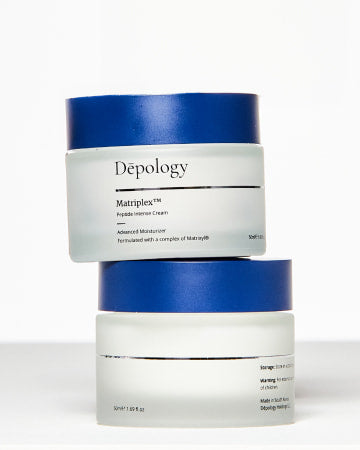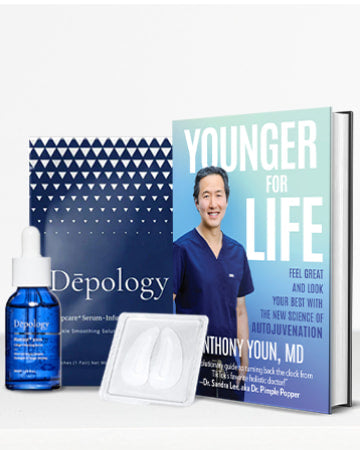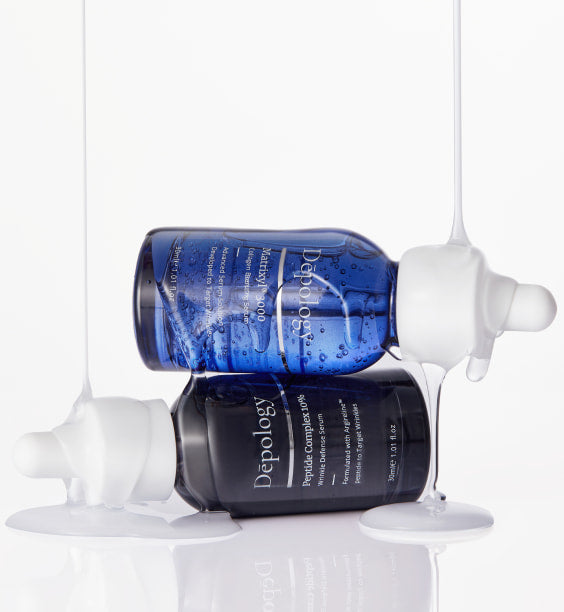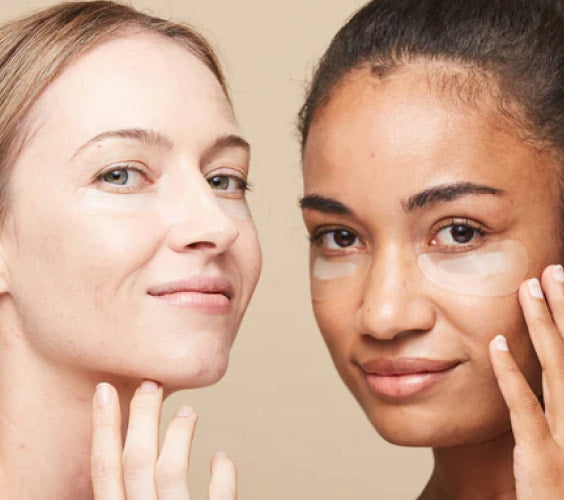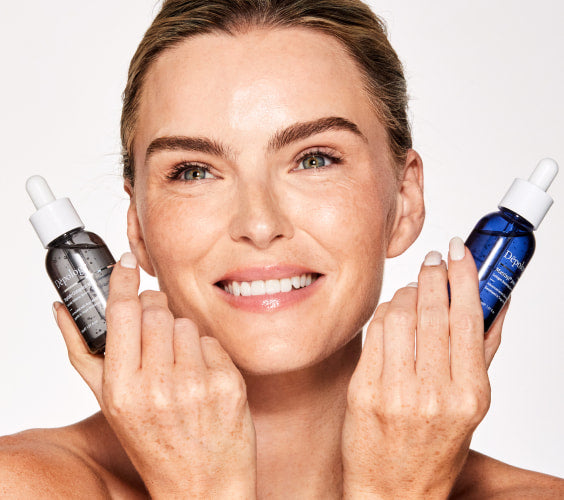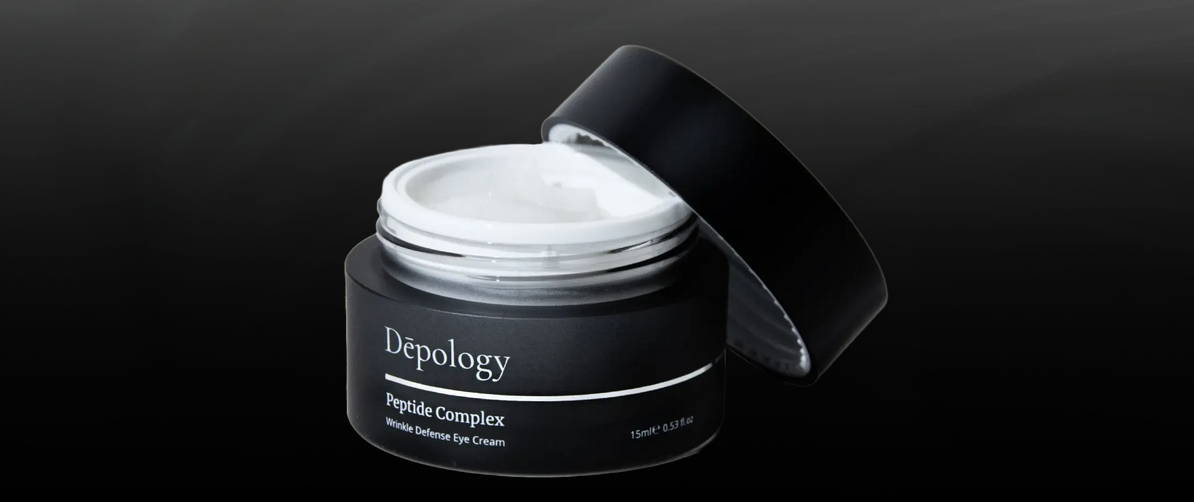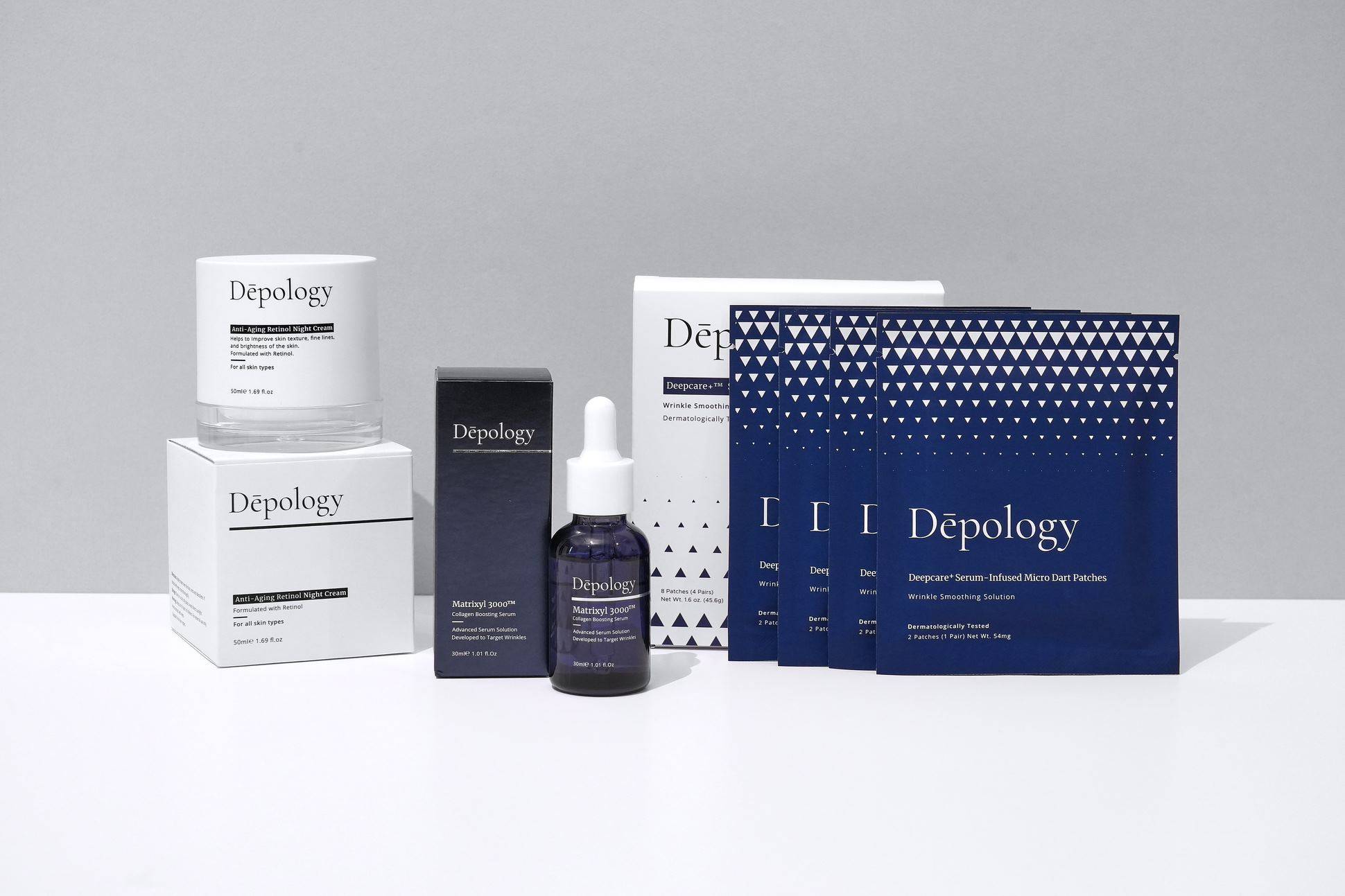
Why Is My Skin So Dry Even When I Moisturize? : Explained
Skincare Detective: Why Is My Skin So Dry Even When I Moisturize?
It's one of the most frustrating skincare problems: You religiously slather on your favorite moisturizer every morning and night, yet within hours, your skin feels tight, flaky, and just plain parched.
You’re following the rules, but the results aren't showing up. Why is your skin so stubbornly dry?
The excerpt promises to unravel the secrets and explore expert insights. So, let's put on our detective hats and uncover the hidden culprits behind your persistent dryness. It's time to shift from just adding moisture to actually keeping it.
Culprit #1: Your Barrier Is Broken (The Leaky Roof Syndrome)
This is the number one reason why your moisturizer feels ineffective.
Think of your skin barrier (the outermost layer) like a tiled roof. The tiles are your skin cells, and the mortar is made of lipids (fats) like Ceramides, Cholesterol, and Fatty Acids.
When your barrier is healthy, the roof is sealed, and the moisture you apply stays in.
When your barrier is broken (due to over-exfoliation, harsh weather, or age), the "mortar" crumbles, creating tiny cracks.
The Result: Even if you apply the most luxurious moisturizer, the water content will quickly escape through those cracks—a process called Transepidermal Water Loss (TEWL).1 The moisturizer just sits on a leaky roof.
✅ The Fix: Shift your focus from hydration to barrier repair. Look for products rich in Ceramides and Niacinamide (as discussed in our dry skin guide!). These are the building blocks that help rebuild the mortar and seal the cracks.
Culprit #2: Skipping a Crucial Step (The Missing Link)
Moisturizers are fantastic at sealing moisture, but they are often poor at providing moisture.
Many people make the mistake of using moisturizer as the first and only hydrating step.
The Missing Link: Humectants on Damp Skin
Humectants are ingredients (like Hyaluronic Acid or Glycerin) that attract and bind water.2 They are the initial "drink of water" for your skin.
If you apply a thick moisturizer (which is usually an occlusive or emollient—a fat-based product) directly to dry, bare skin, it locks in the dryness you started with.
✅ The Fix: Introduce a dedicated Humectant Serum into your routine, and apply it to a damp face.3
-
Rule: Toner/Essence (damp skin) $\rightarrow$ Hyaluronic Acid Serum (humectant) $\rightarrow$ Moisturizer (occlusive seal).
Culprit #3: Overdoing the "Aggressive" Actives
While exfoliation and anti-aging treatments are key to glowing skin, more is not better, especially if you have dry skin.
-
AHAs/BHAs (Acids): Overusing exfoliating acids strips the outermost layer of skin, directly weakening the barrier and increasing TEWL.4
-
Retinoids (Retinol): Powerful retinoids, particularly when first starting, can cause temporary dryness and irritation as your skin adjusts.5
✅ The Fix: Treat potent actives with respect.
-
Reduce Frequency: Cut your acid or retinoid use to just 2-3 nights a week.
-
The Sandwich Method: If using Retinol, apply a layer of simple moisturizer before the Retinol, and then after it. This buffers the active ingredient, reducing irritation without losing efficacy.
The Three Pillars of Lasting Hydration
Stop just moisturizing and start practicing Three-Pillar Hydration to ensure a healthier, glowing complexion:
-
Hydrate (Draw Water In): Use Humectants (Hyaluronic Acid, Glycerin) on damp skin.6
-
Repair (Fix the Roof): Use Barrier Builders (Ceramides, Niacinamide) to patch the cracks.7
-
Seal (Lock it Down): Use Occlusives/Emollients (Moisturizer, Squalane) as the final layer to prevent escape.8
By addressing the issues behind your dry skin—the broken barrier and the missing humectant step—you can finally make your moisturizer work smarter, not harder.
What's the one step you're going to add to your routine to make your moisturizer work better?


